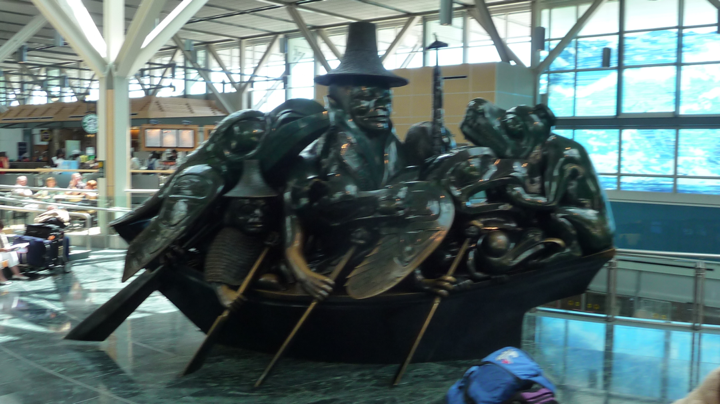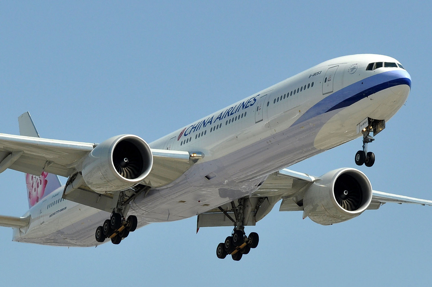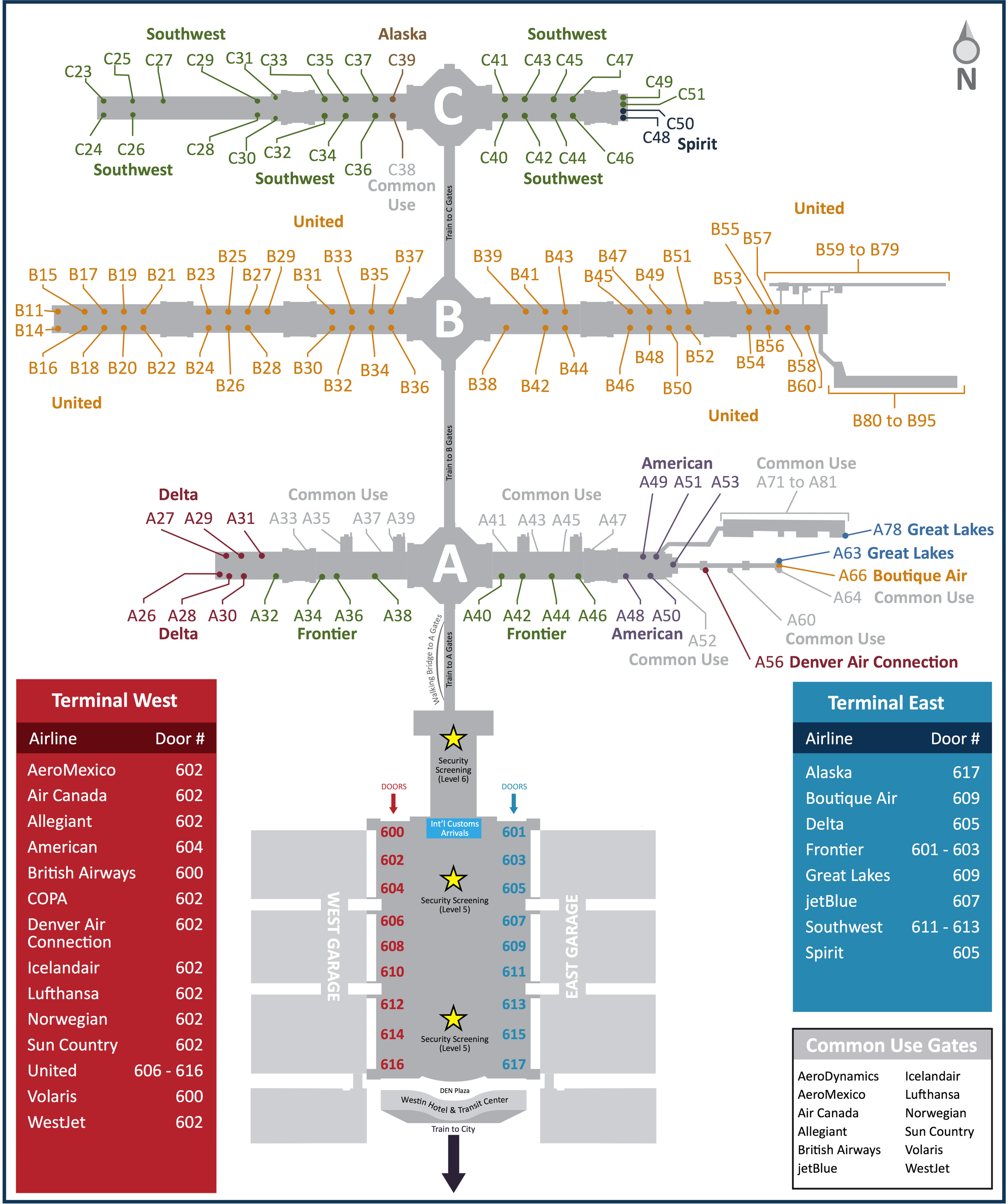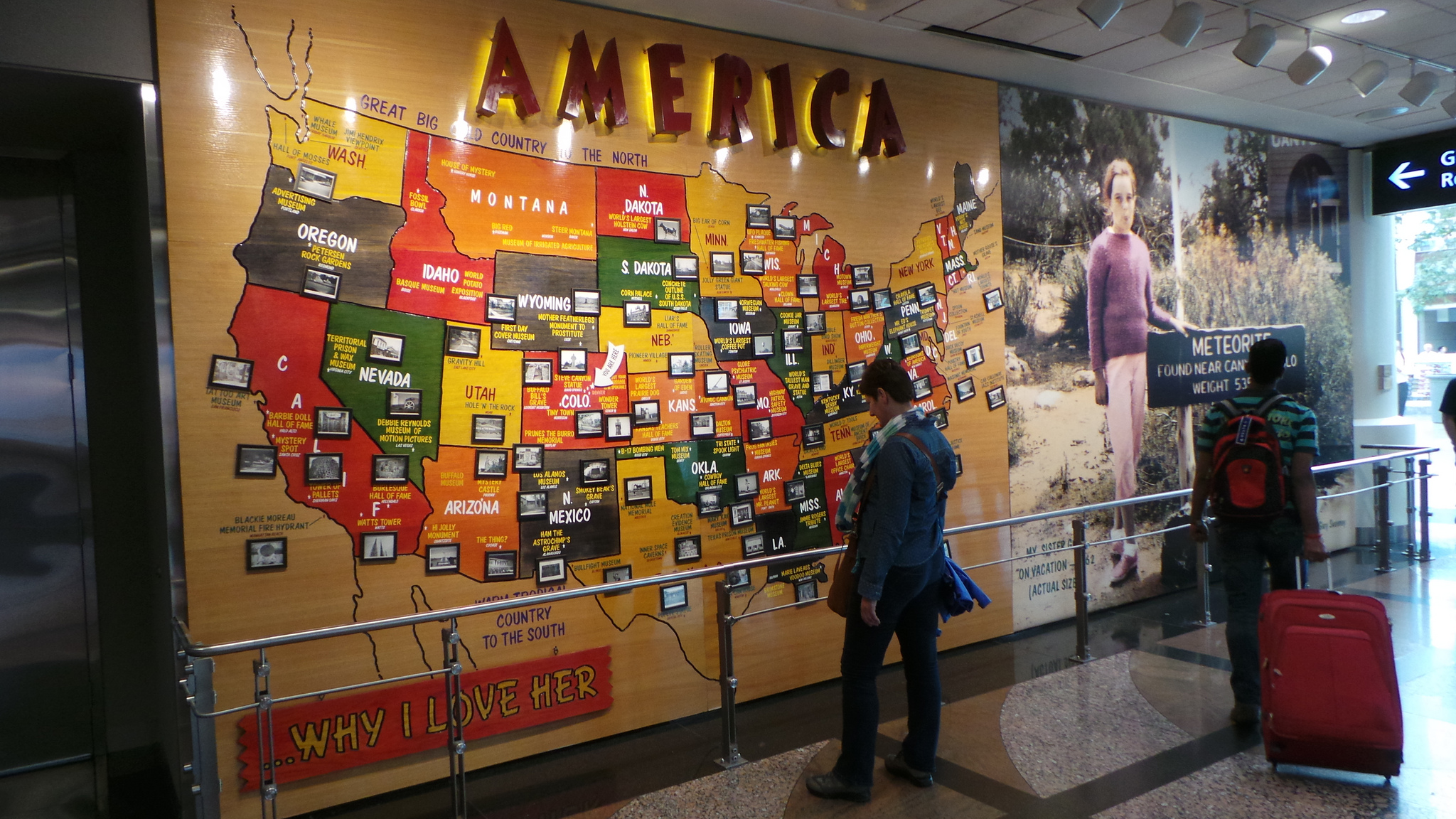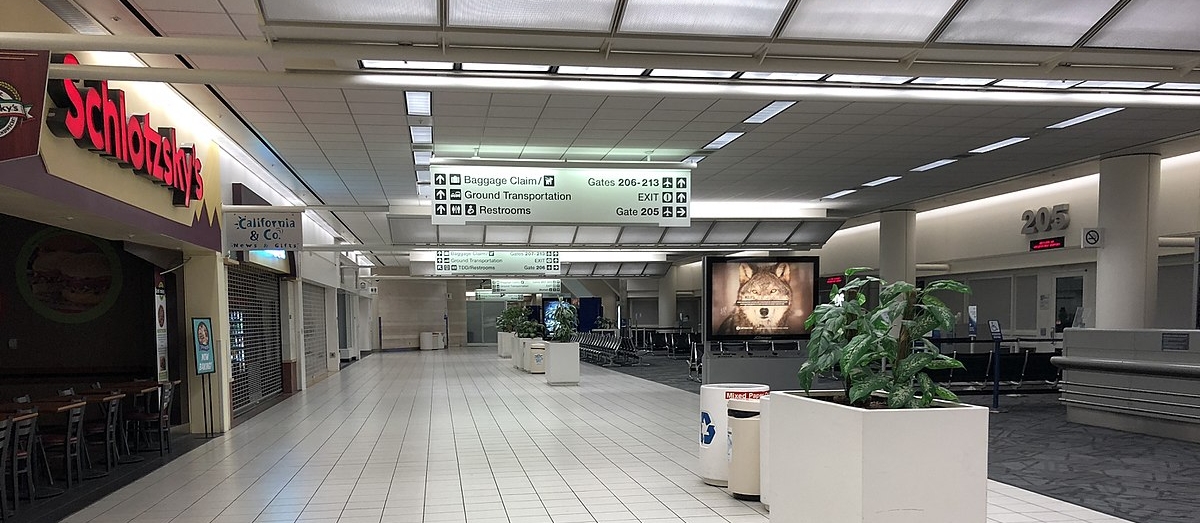Denver - DEN
/A growing airport, reaching new heights of service
Denver has long functioned as a hub for the Mountain West, first with the transcontinental rail lines linking Chicago and Missouri with California and Texas with the Pacific Northwest, and then with the airlines: United, Frontier, Continental, and Western all built connecting operations there from the 1920s up into the 1970s.
The city’s old Stapleton International Airport had to be extended time and again until there was nowhere left to build, and at the expense of operating well in snow and bad weather. Sites to start a new airport were evaluated through the 1980s, and the building process went from 1989 through 1995.
Early troubles with the airport’s baggage system and snow removal were resolved, and today Denver International is one of the highest-rated airports in North America with excellent on-time figures.
Despite its busy schedule of connecting flights and growing list of nonstops to Europe, Denver did not get a flight to Asia until June 2013, when United launched service to Tokyo-Narita. Part of this is due to the city’s historic absence of Asian immigrant communities: in the 1880s an early Chinatown was destroyed in race riots, and a later version was torn down in 1940 to build industrial space. The Vietnamese community that arrived in the 1970s-80s stayed and grew roots, however, and in the 1990s-2000s global trade and higher education has drawn budding neighborhoods of Japanese, Korean, and Chinese immigrants.
Denver’s high altitude and thinner air also posed a problem for long-range flights to Asia; United’s early Transpacific fleet of 747-200s and DC-10-30s would not have been able to carry full loads nonstop, so those airplanes were used from Seattle and California instead.
Image by Jeffrey Beall via Flickr, CC 2.0 license
United’s newest generation 787-8 was the right aircraft with the high-performance engines, low weight, and appropriate capacity to handle the route, and with Star Alliance partner ANA-All Nippon generating connecting traffic in Tokyo, the daily flight is a permanent fixture in the Colorado sky.
Appropriately, United is Denver’s largest airline and offers services to large and mid-sized cities across the USA. The Tokyo flight’s lunchtime arrival and departure times allow for well over 100 connecting flights.
Image by Tomás Del Coro via Flickr, CC 2.0 license
Denver is also the home base for low-cost carrier Frontier Airlines (with its famous animal-tailed jets) and a major connecting center for Southwest Airlines. American, Delta, JetBlue, Alaska, and Spirit also serve the city.
Image by Thomas Hawk via Flickr, CC 2.0 license
Image of International Arrivals area by Sunnya343 via Wikimedia Commons, CC 4.0 license
Customs Arrival
The flight from Tokyo will arrive at the central section of the A concourse. After deplaning, passengers are directed up and across the skybridge from the concourse to the Jeppesen Terminal, coming out on Level 5 for passport control and then baggage claim. Passengers connecting onward may drop their bags at the United counter before heading out into the terminal.
The exit from Customs is conveniently on the same level as domestic baggage claim, and for connecting passengers, the security checkpoint (and train station to get back to the gates) is just steps away.
Navigating the airport
Denver shares the same general arrangement as Atlanta, with a main terminal “head” building and a “spine” of an underground tram connecting multiple parallel concourses. Once inside security, all gates can be reached. There are three concourses at Denver:
Concourse A holds the dedicated International gates, the Frontier hub operation, and gates for American, Delta, JetBlue, Sun Country, and the independent commuter carriers Boutique Air and Denver Air Connection. Passengers can also walk across a bridge from the main terminal to reach the A gates – aircraft taxi underneath!
Concourse B houses United’s hub, including United Express gates.
Concourse C is for Southwest , Alaska, and Spirit.
Thanks to growing traffic, the airport will soon be expanding the concourses to either side to make more gates. Ultimately the tram system can be extended out to support future D and E concourses by mid-century.
Image by marcos ojeda via Flickr, CC 2.0 license
Full-length windows and high ceilings help the concourses avoid feeling cramped, and moving walkways run the length of each concourse to help you reach your gate quickly. Power outlets are widely available. And check for extra seating areas one level above the gates!
Image by Ard van der Leeuw via Flickr, CC 2.0 license
Family-friendly amenities and hidden gems
There aren't any dedicated kids' play areas in the terminal or concourses, which seems like a missed opportunity.
The concourses are long enough to get good exercise - and the bird's eye view of the airport apron from the skybridge connecting the Jeppesen Terminal to Concourse A is great entertainment. In good weather, the Rocky Mountains also make for fascinating scenery.
Photograph provided courtesy Denver International Airport
More and more airports are bringing animals into the terminal and gate areas to help kids and grown-ups deal with stress and have happy experiences, and Denver is no exception: look for their CATS patrol (Canine Airport Therapy Squad)!
If you have the time, pull up the airport's website or grab a printed guide to the artwork currently on display and take the kids on an art scavenger hunt - DEN is loaded with installations large and small, permanent and temporary.
Nursing rooms are available in the center of each concourse. These are quiet spaces with sinks and changing areas, and can only be entered with a passcode.
Photograph provided courtesy Denver International Airport
Restrooms
The restroom facilities at DEN are well-distributed throughout the gate areas and central concourse cores. All restrooms are handicap accessible and private, larger-space unisex/family rooms are spread throughout the facility. If you're managing more than one child, you'll want to look for those family restrooms as the stalls in the 'standard' facilities are conventionally-sized and not big enough to handle suitcases and a stroller at the same time.
Photograph provided courtesy Denver International Airport
Food and Shopping
There are food courts in the central upper levels of each concourse, and additional dining and beverage counters scattered through the gate areas. The options include the usual fast-food and mall-based brands, and outposts of some of Denver's local restaurants if you have time for a sit-down meal.
Shopping options are a mix of clothing, souvenir, newsstand, candy, and electronics. Of course, being in Colorado means plenty of outdoor gear is available (and beef jerky)! There is one toy shop, the well-stocked Kazoo & Company, on the mezzanine level of Concourse B.
Photograph provided courtesy Denver International Airport
Image by Jim Maurer via Flickr, CC 2.0 license
Connectivity
Denver’s RTD system runs its A Line commuter rail trainout to DEN from downtown, in 15- to 30-minute increments. The ride takes just under 40 minutes from Union Station and costs $9. There are six stations between downtown and the airport, connecting many of the key neighborhoods on the city’s east side, as well as providing links to the R line. At Union Station, there are also links to the B, C, E, and W lines as well as Amtrak.
Wi-Fi is free throughout the airport and is blazingly fast. There are no ads you need to sit through and no time limits, so it’s ideal for kids who want to stream media or play games online.
Photograph provided courtesy Denver International Airport
Lodging
A brand-new Westin full-service hotel is connected to the Jeppesen Terminal and commuter train station.
Off-site family-friendly hotels with shuttle service include:
- Country Inn & Suites Denver International Airport
- Courtyard by Marriott Denver Airport
- Hampton Inn Denver International Airport
- Holiday Inn Express Denver International Airport
- Homewood Suites Denver International Airport
- La Quinta Inn & Suites Denver International Airport
Image by Jeffrey Beall via Wikimedia Commons, CC 4.0 license
See also
Our airport guide to Tokyo-Narita
Header image of Jeppesen Terminal against mountains courtesy Denver International Airport via Wikimedia Commons.



